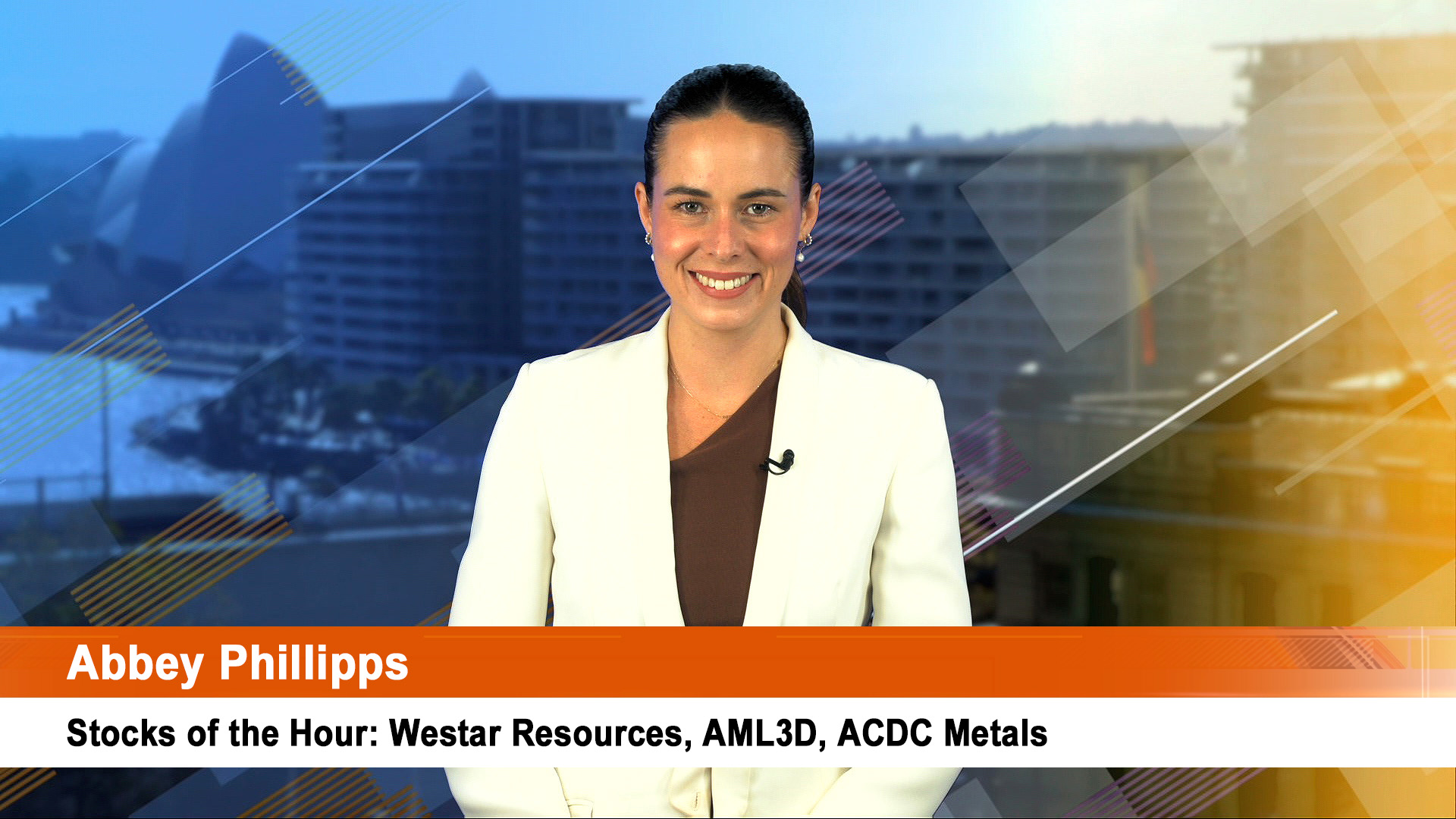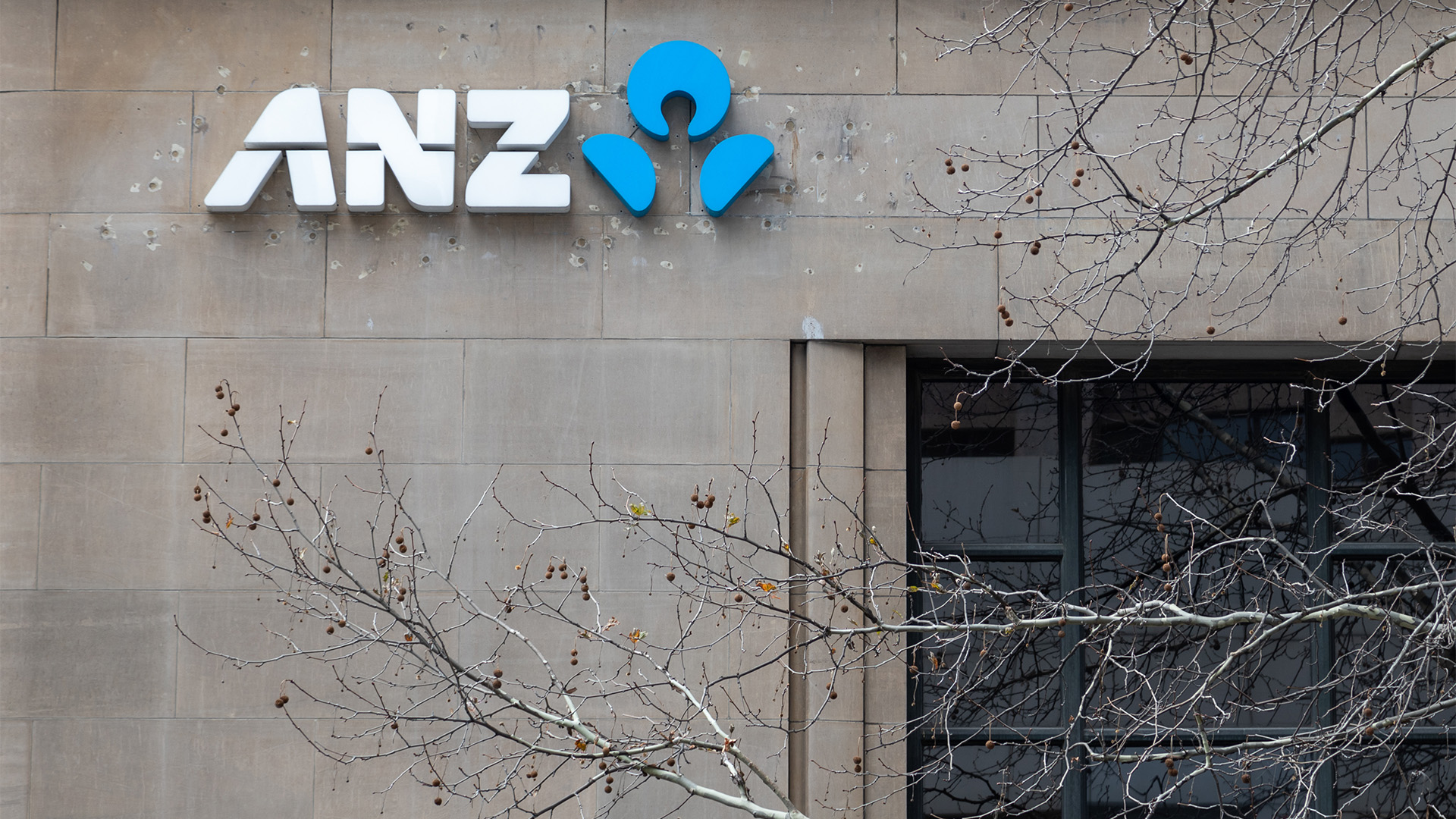The National Australia Bank has joined its rivals in the ANZ and Westpac in producing interim earnings that failed to ignite much interest.
In fact all three results had something wrong with them; it was lacklustre growth in Australia (but promise in Asia) for the ANZ; a fall in retail banking earnings, despite selling a record number of mortgages in the case of Westpac; and the NAB, which produced a rise in profits that seemed to be a bit thin with a fall in net interest margin in its personal banking business in Australia.

The weak results helped undermine the market in the shares of the banks, adding to the pressures from offshore about Greece and the stability of the euro and the eurozone.
Westpac had its biggest fall in 14 months on Tuesday with a fall of 4%, and yesterday lost another 4.1%, or more than a dollar to $25.10.
The ANZ was pummelled, losing a massive $1.66 yesterday to $22.45, or just on 7%.
The CBA fell 3% on the day to $55.17, a large drop of $1.73
The NAB lost 92c or 3.4% to $25.86.
After another wave of selling swept world markets overnight Thursday, standby for more volatile and downward pressure here today and next week, if those fears about greece and other eurozone countries persist.
The NAB, ANZ and Westpac saw their reports mauled to a degree by the market, although for Westpac and the NAB, they reported as markets here and offshore took fright at the latest problems confronting Greece and Europe.
The CBA has a June balancing year and has been caught by the selling pressure from offshore and the worries about the strength of the sector in the wake of three below par results from ANZ, NAB and Westpac.
Along with the weakness in the miners, the selling in the banks has pushed the overall market down more than 400 points, or over 8%, since it breached the 5,000 point mark last month.
Looking at the NAB result, the bank reported a 21% rise in cash profit (which tries to iron out the swings and roundabouts from trading and asset write-ups and write-downs) to $2.2 billion, but only managed a 1c a share rise in interest dividend to 74c. That was a payout ratio of almost 73%, high by current banking standards.
With its rivals, the NAB’s improvement was driven by a fall in bad debt provisioning.
NAB’s overall bad debt charge dropped by a third to $1.2 billion in reflection of the better domestic economy and underlined a key driver of the industry’s recent profit improvement.
The bank’s business division did well with fewer poor loans to worry it. Funds management also did better with the rebound in the sharemarket helping.
Around half of NAB’s earnings came from business banking which saw its contribution to group profits jump 33% to $1.1 billion as provisions for bad debts fell sharply and the division grew market share.
Personal banking however suffered from the decision to eliminate or cut some fees and charges. Earnings fell by around 20% to $317 million.
But the group’s personal banking arm – which is the smallest retail operation of the big four banks – felt the effects of a cut in fee revenue, pegging its mortgage rates below its main competitors and a higher cost of debt funding.
The stockmarket surge helped drive earnings the MLC, which reported a 31% improvement to $264 million.
The NAB acquired the private wealth business of JBWere last year, as well as insurer and funds manager, Aviva. Both made a positive contribution to the wealth business.
The NAB’s wholesale banking operation (formerly nabCapital) wasn’t as successful as a year ago and the division saw its contribution fall by more than 30% to $403 million.
The NAB’s New Zealand bank saw an 8% fall in cash earnings to $NZ255 million.
None of the Aussie banks did well over there in the latest half year, but with unemployment now falling, exports growing and housing showing life, they’d be entitled to expect an improvement from across the Tasman in the current half year.
The NAB’s UK and US banks lifted their contributions, but from low bases.
Overall, the NAB saw a 3% fall in revenue to $8.2 billion while its statutory net profit – which is directly attributable to shareholders and which strips out certain financial trading factors that support the cash figure – fell 21% to $2.1 billion.
The net interest margin was crimped in the last half year, easing to 2.34% from 2.49% in the March 2009 half and $2.64 in the September quarter.
The business division’s interest margin rose to 2.51% from 2.24%.
That difference tells us a lot about the relative performance of both divisions and where the profit growth this half will come from as business lending starts growing and housing flattens.













